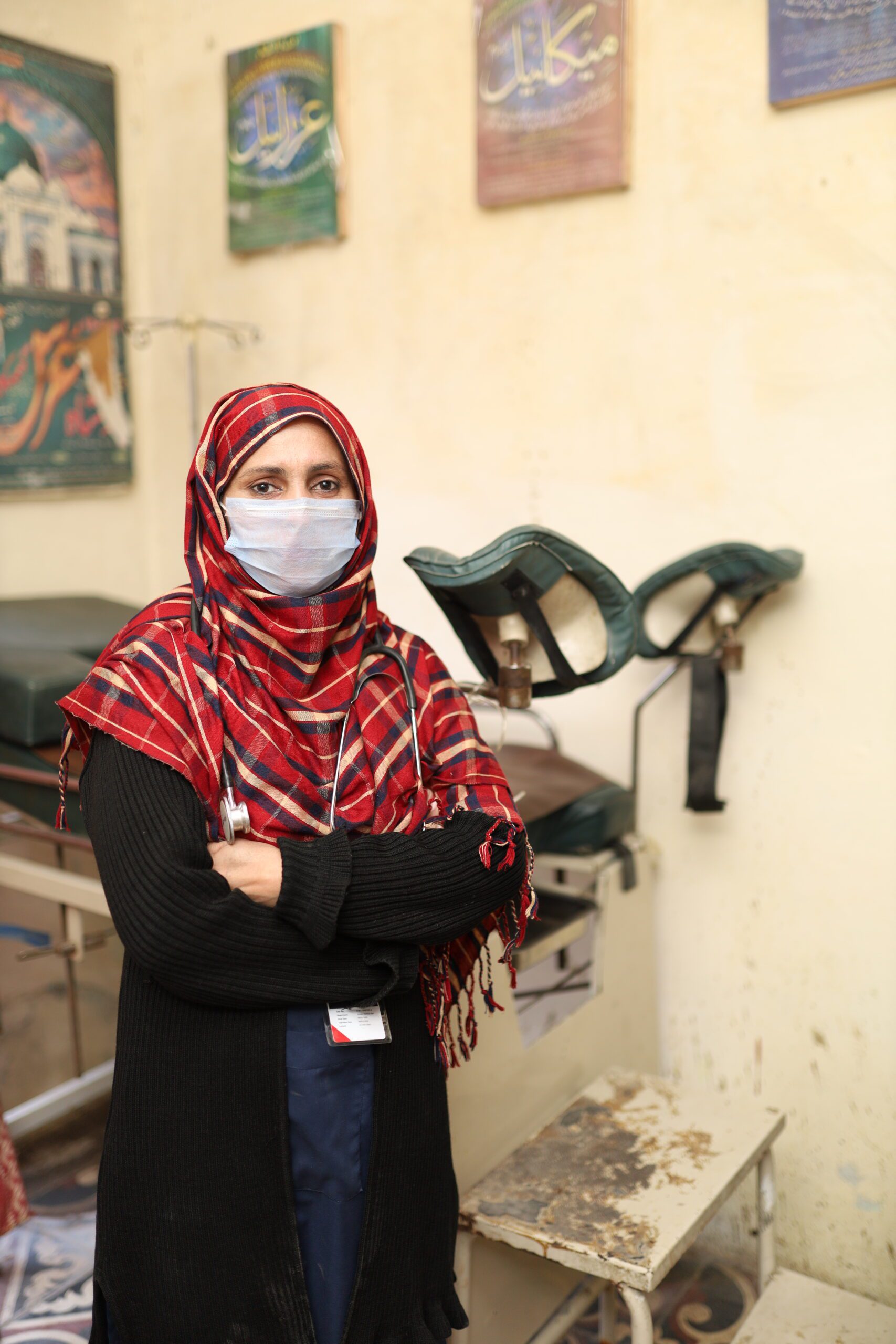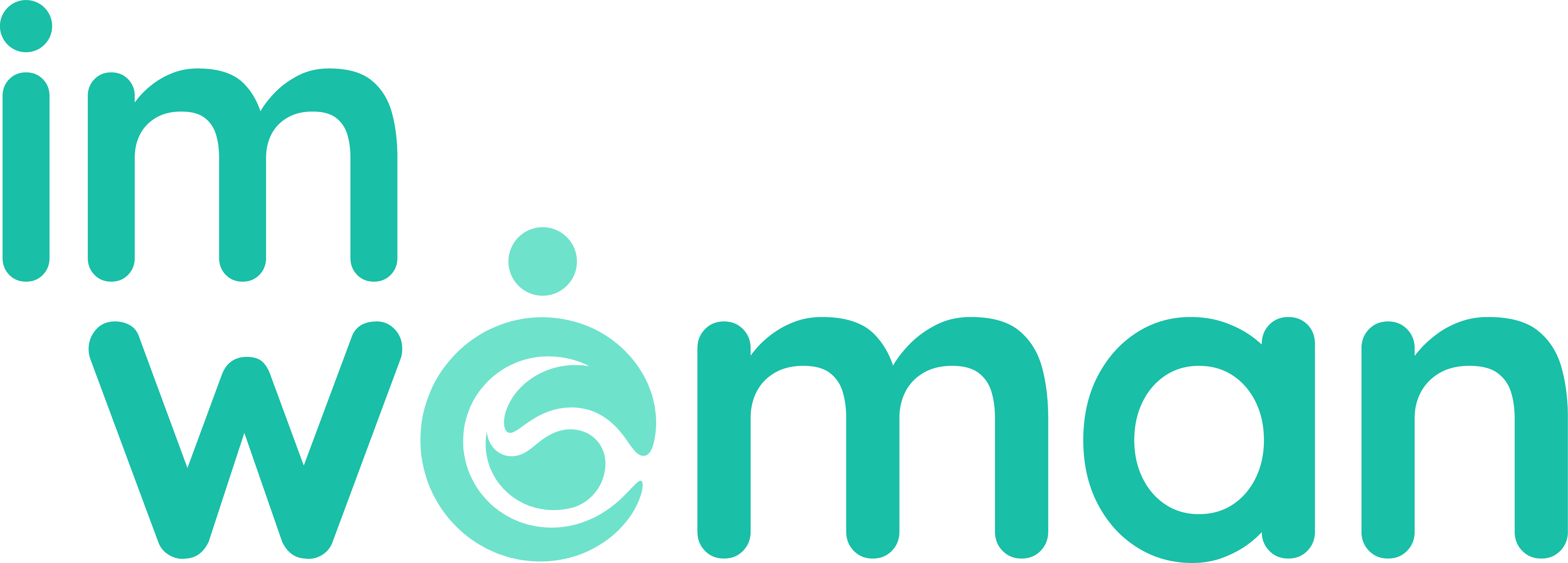In celebration of International Day of the Midwife, 5 May, we show how midwives are critical in every crisis that women may face when giving birth in their communities.
Midwives are trusted and well-known in their communities for providing emergency obstetric care. Administering a life-saving drug like tranexamic acid intramuscularly would significantly enhance their ability to manage postpartum bleeding after delivering babies. Further, midwives know first-hand the importance of intervening early for women with anaemia who are at a higher risk of complications from postpartum bleeding. It is therefore critical that midwives receive proper training and education to reduce maternal deaths.
The TRANSFORM project, part of the I’M WOMAN Trial, aims to expand tranexamic acid access for all mothers who experience bleeding after childbirth (postpartum haemorrhage). Midwives are essential to recruiting and ensuring the safety of women participating in the trial at hospital sites across Pakistan, Nigeria and Tanzania.
In February this year, the I’M WOMAN Trial team visited a community clinic in Mohra Mando, near Mandra, a rural village outside Islamabad, Pakistan.
Midwife Sidra Yasmin, who works with her mother-in-law, Khadija Akhtar, a lady health worker at the community health facility known as the mother-in-law/daughter-in-law clinic, or ‘Saas Bahu’ in their native language, shared how they treat pregnant women and respond to a postpartum haemorrhage.

Sidra (pictured above) trained midwife as a midwife at Holy Family Hospital, Rawalpindi, Pakistan.
The clinic is trusted by many families to deliver maternal care, with Sidra and her mother-law also providing care from patients’ homes with the help of lady health workers.
Midwife Sidra Yasmin said: “These women have many issues. Their husbands come to us as they know us (that we do deliveries) because they belong to our neighbourhood and village.
“There was a patient whose husband had gone somewhere and there was no news about his whereabouts.
“When she reached full term, she had absolutely nothing nor did she take good care of herself. We delivered her (baby) and did everything we can from our side.
The clinic is a trusted healthcare facility for local patients and those travelling even longer distances from Bahawalpur.
Many midwives like Sidra work with limited resources but use their expertise to help women who bleed severely after childbirth, including administering life-saving drugs like tranexamic acid.
She explains that if tranexamic acid would be available to inject into a muscle, rather than a vein, it would be much quicker to treat women in an obstetric emergency.
Midwife Sidra Yasmin said: “If the patient starts to bleed (excessively) after delivery, there should be some injection that can be administered immediately and intramuscularly, so that patient can be stabilised and recover quickly.”
Mother-in-law Khadija Akhtar said: “At my time, not a single woman in my village could even administer intramuscular injection. Women had a lot of difficulties then.
“It is a difficult decision (for someone conducting delivery) either to manage bleeding or immediately refer the patient (to the hospital).”
Find out in this video, how midwives would benefit from a simpler way to reduce postpartum haemorrhage. The trial team are assessing whether injecting TXA into a muscle is as effective as administering it in a vein.
The World Health Organization considers 500ml or more within 24 hours of birth as a postpartum haemorrhage. Women with anaemia are at a higher risk of haemorrhaging after childbirth and are vulnerable to even moderate amounts of blood loss.
The clinic advises women with anaemia to take iron tablets during pregnancy alongside a diet containing beans, chickpeas, spinach and leafy green vegetables to stabilise haemoglobin levels.
Mother-in-law said: “Anyone conducting deliveries should be aware of this complication, that once bleeding starts, it could be life-threatening.”
Midwives are often the first to respond to an obstetric emergency, so it is essential they receive adequate training and education to deliver care in their communities.
Sidra’s mother-in-law supported her with her training when she got married due to her wish that someone in the family should help people in the event of a complication such as severe postpartum bleeding.
Sidra added: “It was already in her mind that there should be someone, from future generations who can take this work forward. As a result, she chose me.”
Midwives like Sidra are critical to keeping women safe and healthy during emergencies, including postpartum haemorrhage. Women everywhere could have a higher chance of survival if they can be treated closer to home in their communities, for example at a local clinic, and avoid travelling long distances to hospitals.
The I’M WOMAN Trial team hopes that intramuscular injection will expand access to tranexamic so more midwives and frontline responders can treat women faster and improve maternal health worldwide.
Acknowledgements
The filming took place in collaboration with the Institute of Public Health Nursing and Midwifery – Global Institute of Human Development (IPHN&M-GIHD), a Pakistan nursing and midwifery teaching institute in Mandra, Gujar Khan.
The I’M WOMAN Trial, part of the TRANSFORM project funded by Unitaid, is addressing awareness, demand and market access to life-saving TXA treatment.

